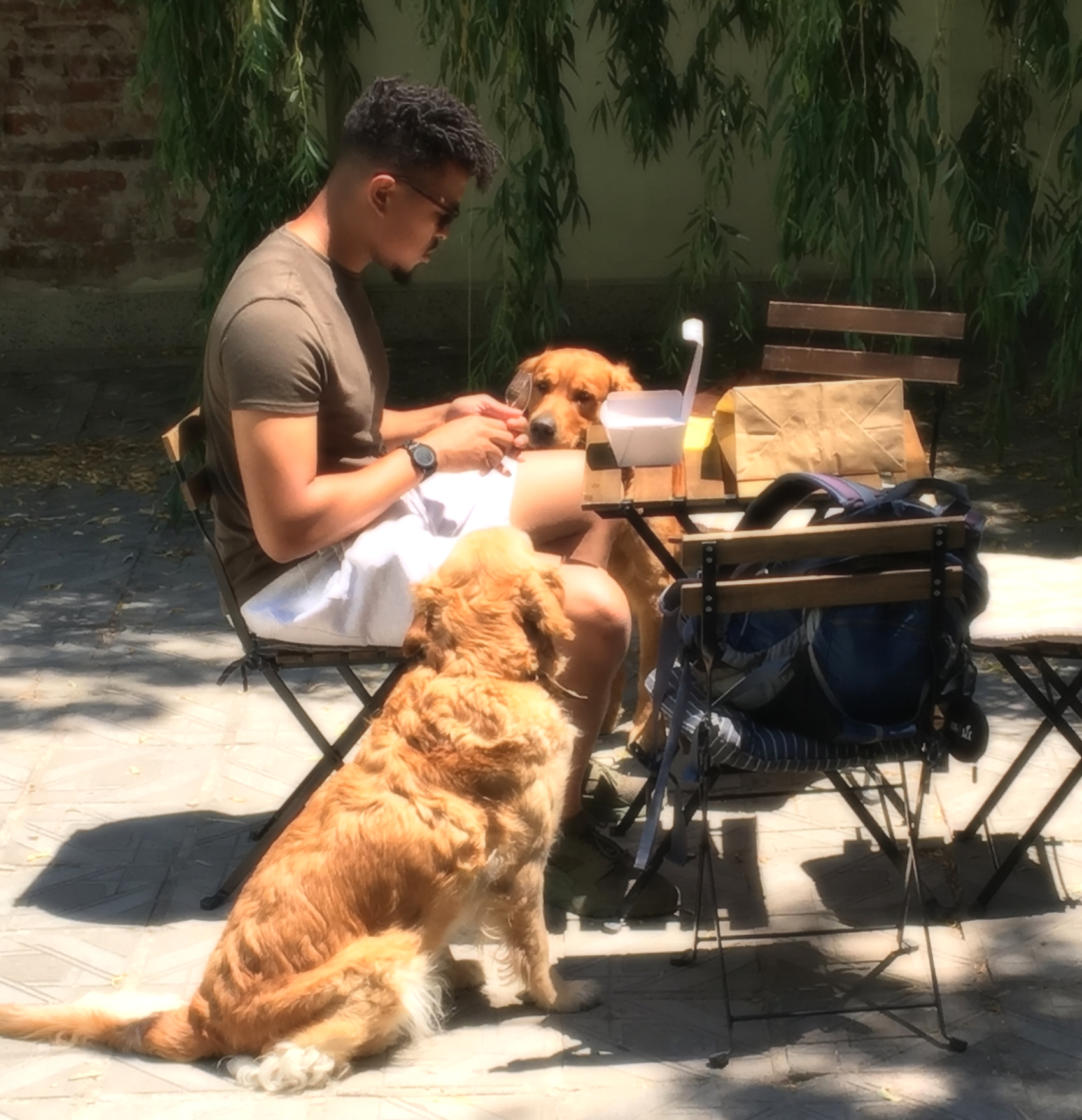Life through kaleidoscope eyes
Perspectives.
Something we talk a lot about in the world of insight. Something I’ve come to consider more and more over the last 8+ months during my foray into digital nomadism.
For me, it comes back to an age-old maxim of the insight world; I mean, what researcher worth their salt can honestly say they haven’t written a slide with the header ‘Context is King’ or ‘Perception is Reality’ – and if not, why not?
The fact of the matter is that context IS king; people’s perceptions ARE their reality; and perspectives really DO matter.
I know that living and working in a city for a single month doesn’t mean I can consider myself a local by any stretch, maybe even calling it ‘living’ is a gross exaggeration; I don’t have to deal with bills, local authorities or plumbers, and making the effort to make new friends when I am travelling with a 50-strong community of remotes is more of a bonus than a necessity.
I feel the most immersed in a city when I bring structure into my daily life. Navigating local ‘green markets’ to find the freshest and best value vegetables, getting laundry done, attending a local yoga class and becoming a recognised face in a favourite coffee shop or workspace. All these things expose you to parts of local culture that I haven’t experienced when I’ve travelled exclusively for leisure or business. They give you a different perspective on the place and the people.
This shaded digital street display shows Valencia at a balmy 28...
...but just moments later, and only a street away, it's a sizzling 34! It's all a matter of perspective.
These are also the things that have been making me stop and reflect on research I’ve conducted in the past - and the nuances I may have missed by not having seen things from the ground, up.
“A lot of people in our industry haven't had very diverse experiences. So they don't have enough dots to connect, and they end up with very linear solutions without a broad perspective on the problem. The broader one's understanding of the human experience, the better design we will have.”
Steve Jobs
A timely example: a few years back I worked on a qualitative study for a brand looking to fill a potential gap in the hot drinks market. I’d never heard of Yerba Mate at the time – and certainly had never tried it. I understood from the dialogue that it was a very popular drink in Argentina and some other parts of South America. I had an idea of how it was served and that it tasted bitter – a little bit like strong green tea. What I didn’t know, however, was that Mate is much more than just a drink – it’s a ritual, it’s a way of forming and strengthening social bonds, it’s about sharing, and it’s an obsession! Having now dabbled, myself, over the last couple of months, I can see how it brings people together – regardless of age, gender, social standing or otherwise and this is something the Argentinian people are very proud of. Such is the obsession with Mate in Argentina, there are even signs on roads and trekking paths prohibiting its consumption whilst driving or walking. Why? Because it is drunk through a metal straw and as such a Mate straw through the eye is one of the most common causes of injury in the country!
Grant tops up his beloved 'mate'
Lima, Peru
If you think a brand new drink product has the potential to replace such a well-loved national treasure, think again!
It’s true to say that this lifestyle is giving me the gift of perspective, which I will gladly accept and carry with me, always.





